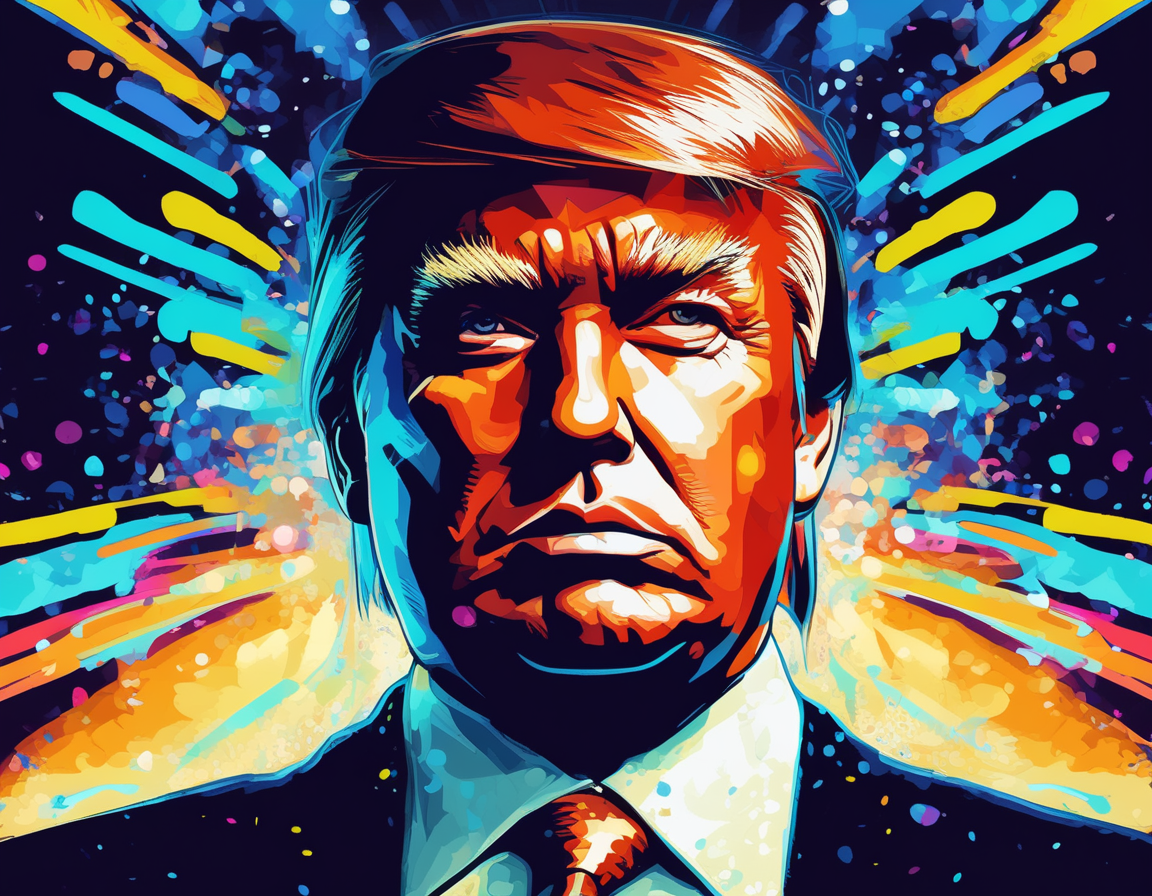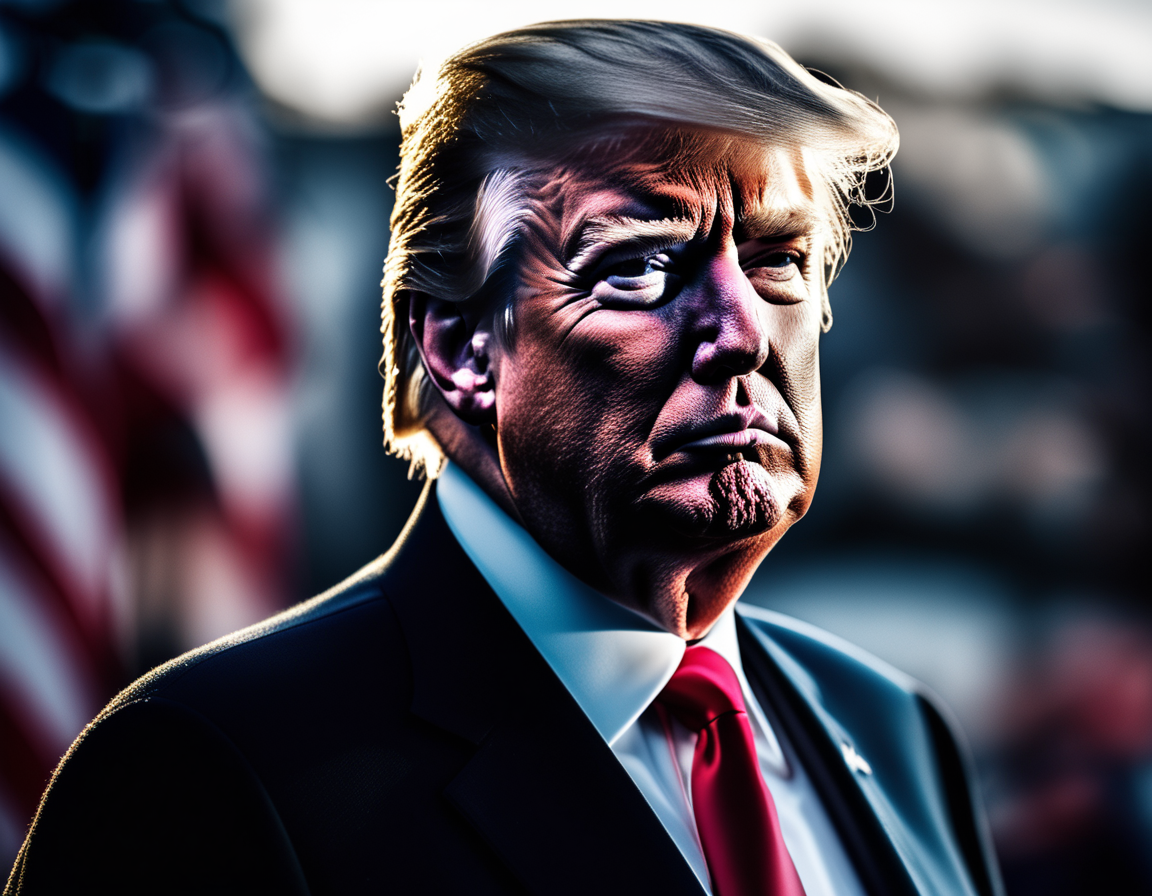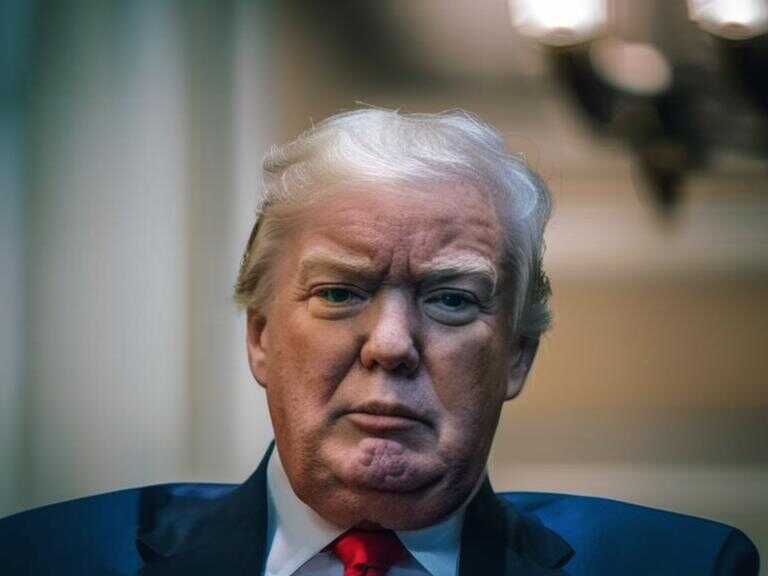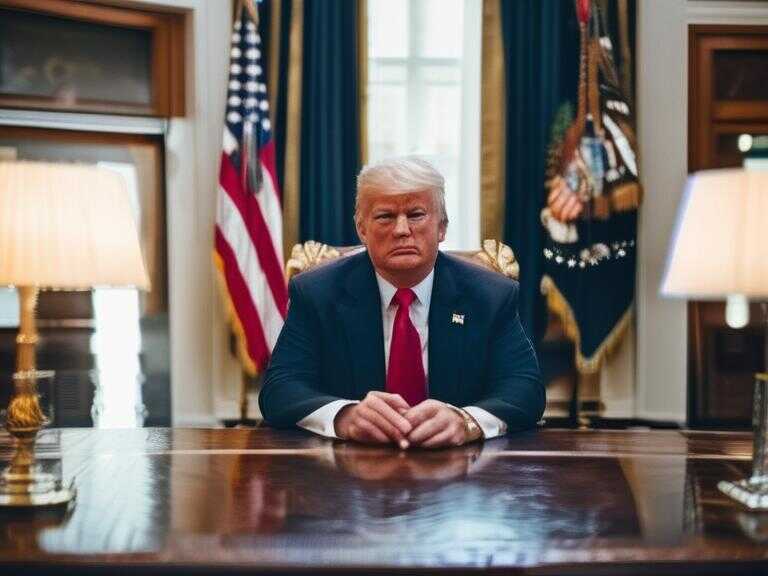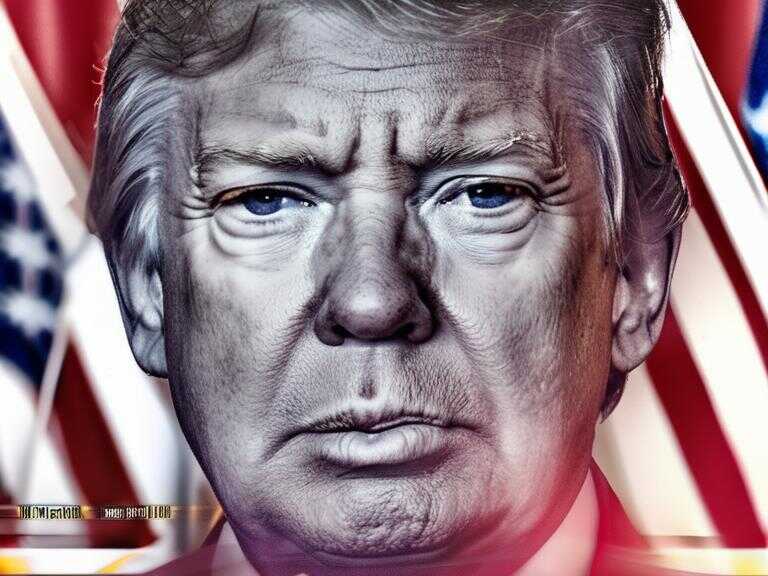
Trump Signals 80% Tariff on China, Sets Stage for Trade Talks
Trump proposes an 80% tariff on Chinese goods, a reduction from the current 145%, as part of efforts to reshape global trade.

The global trading landscape is undergoing significant transformations, with Tariff Talks between the U.S. and China taking center stage. President Trump's recent announcement regarding a potential 80% tariff on Chinese goods has sent ripples through the international economic community.
While this proposed levy represents a considerable reduction from the current 145% tariff imposed on many Chinese products, it remains to be seen whether such a rate would effectively stimulate trade. The ambiguity surrounding Trump's intentions further complicates the situation. Is the 80% rate intended as a long-term solution or merely a strategic move in ongoing negotiations? This uncertainty underscores the complexities of navigating the intricate web of global trade relations.
The Chinese Hurdle
China is widely perceived as the primary obstacle in Trump's ambitious endeavor to reshape the global trading environment. Despite partial suspensions of previously announced tariffs on April 9 for numerous major economies, tensions between the White House and Beijing have escalated, culminating in reciprocal tariff impositions exceeding 100% on traded goods.
The economic interdependence between the U.S. and China is undeniable. In 2024, the U.S. exported $143.5 billion in goods to China, while simultaneously importing $438.9 billion. This substantial trade flow highlights the intricate nature of their economic relationship.
This weekend, high-level officials from both countries are scheduled to meet in Switzerland for crucial Tariff Talks. While a comprehensive trade agreement is not anticipated as an immediate outcome, the discussions aim to establish a foundation for greater stability and pave the way for future progress. U.S. Trade Representative Jamieson Greer has emphasized the importance of achieving "stability" that can serve as a "foundation for something more."
Trump's recent pronouncements on China tariff rates appear to signal a shift in his approach. He previously asserted his unwillingness to lower tariffs as a bargaining chip to entice China into negotiations. However, the proposed 80% rate suggests a potential willingness to explore more nuanced strategies to address trade imbalances and foster a more favorable trading environment for U.S. businesses.
The trajectory of these Tariff Talks will undoubtedly have profound implications for both nations' economies and the broader global trade landscape. The outcome of these negotiations holds the potential to either exacerbate existing tensions or lay the groundwork for a more cooperative and mutually beneficial trading relationship.
Share news





